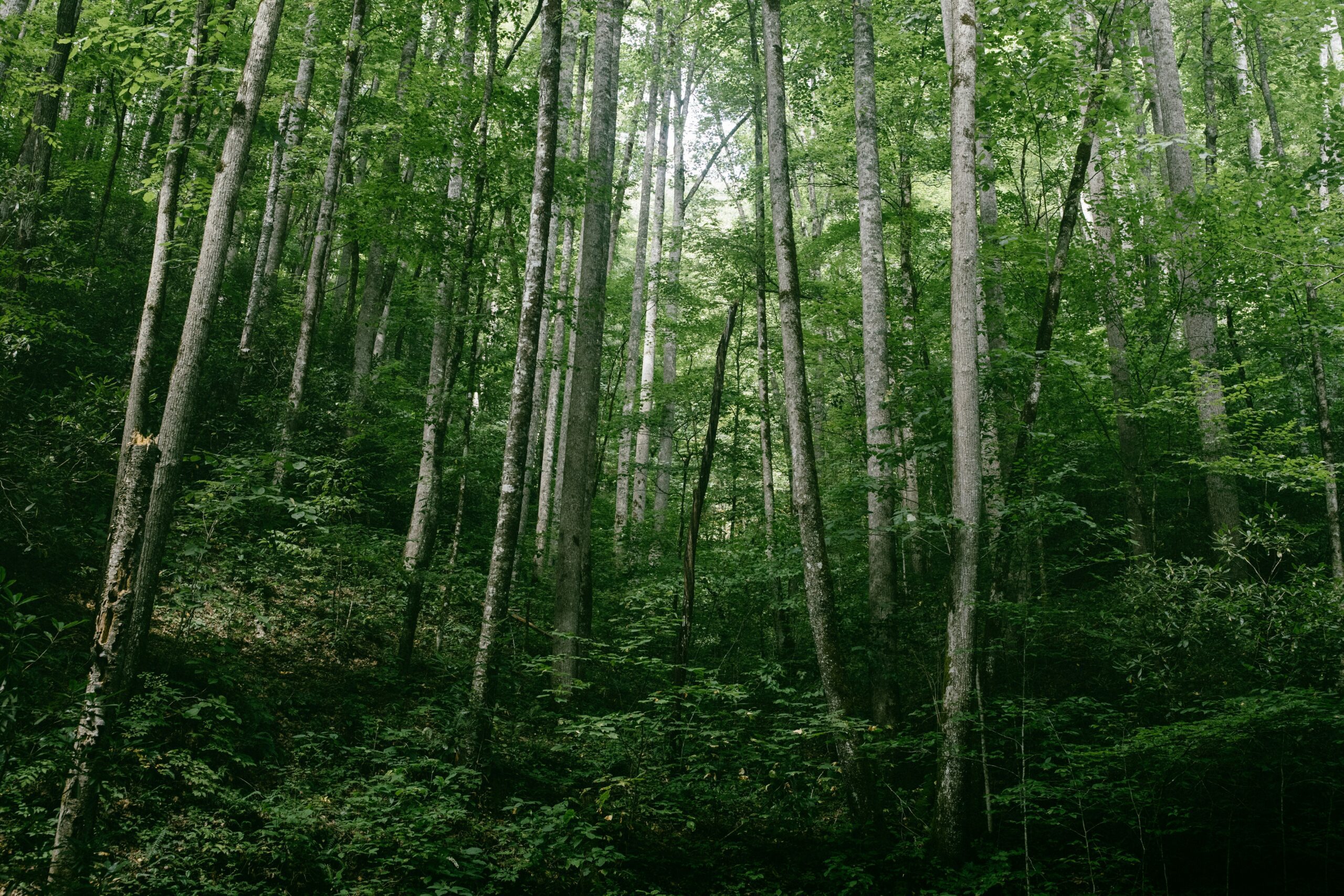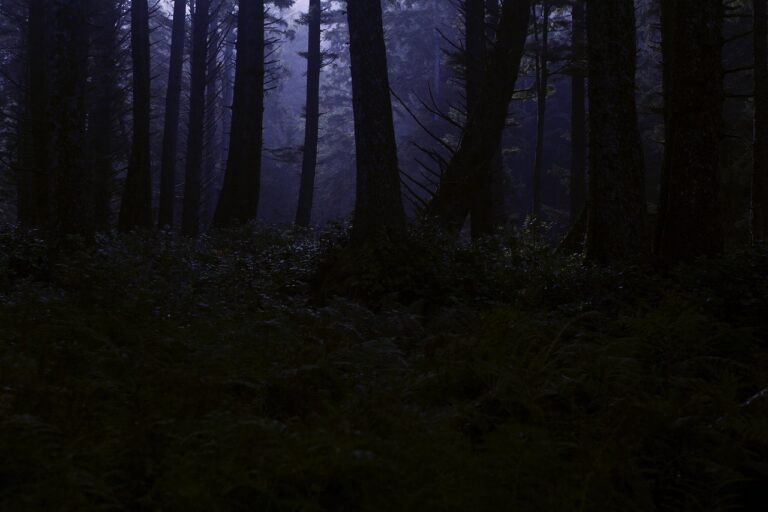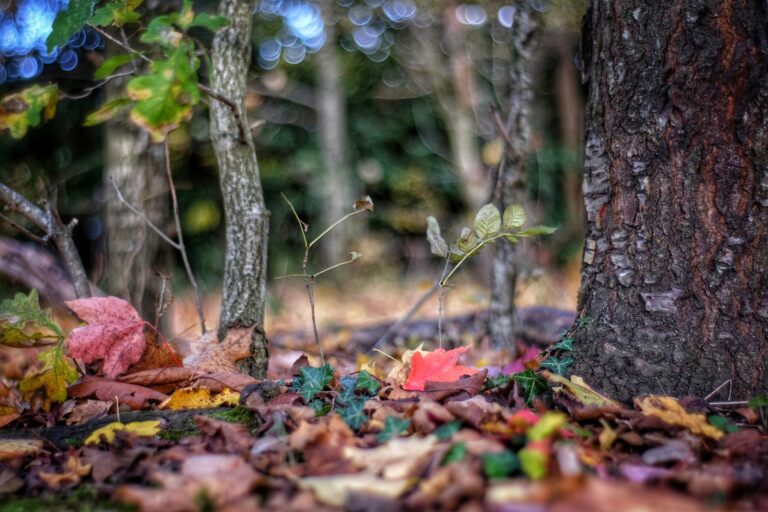Oftentimes we center the self in our relationship to place, building the meaning of a landscape upon the sentiments we hold for that place, and the habits we practice within it. This unilateral way of coming to know the land can obscure the multitude of living beings that beckon us to be in reciprocal relationship with them. What would it mean if we learned to encounter place in a different way? How might it become dimensional and dialogical when we exchange with the more-than-human world?
From the lasting presence of old-growth forests to the rooted sentinels of our own backyards, trees are humans’ oldest and most constant companions. Since the very beginning we have been intimately linked with these beings, sharing breath within Earth’s great respiration of carbon and oxygen. And while we often reduce trees to merely enduring ornaments within our landscapes, consume them as expendable resources, they constantly invite us—through bloom, shade, wonder, breath—into closer relationship. In this practice, you are encouraged to respond to such gifts with a renewed quality of attention. Acknowledging the threads that bind you and the tree together within a shared biosphere, see what emerges as you hold an intention to simply be in the presence of a tree.
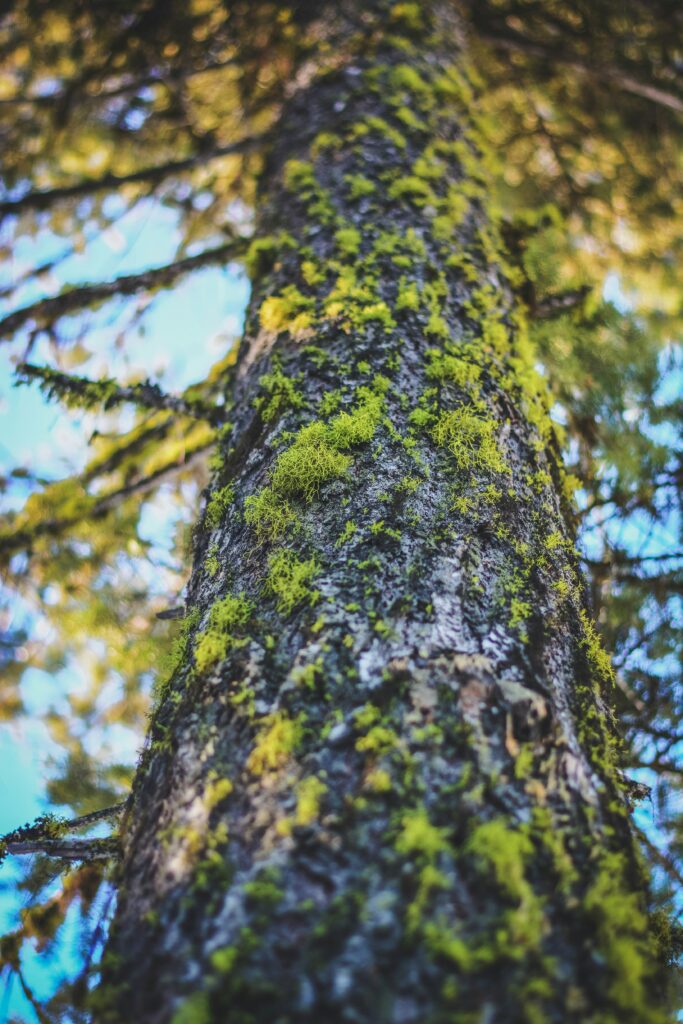
One
Go outside and find a tree that you feel drawn to:
perhaps in your front yard,
growing in the park down the street,
newly met on a hike through the forest.
Go out with the intention of
dedicating time to spend with this tree.
Two
Once you’ve found a tree, introduce yourself.
This could be a spoken introduction,
or resting against the bark,
or picking up a leaf from the ground
and pressing it into the palm of your hand.
Do what feels right to you.

Three
Take a moment to quiet yourself.
Try to slow your thoughts by spending
a few minutes focusing on your breath.
Her you are and here is the tree –
two presences being together.
Four
Sit or stand beneath the tree.
Spend some time simply observing
the tree through your senses:
notice colors, patterns in the bark,
shapes of leaves, the smells around you,
the texture of the trunk,
the temperature under its boughs.
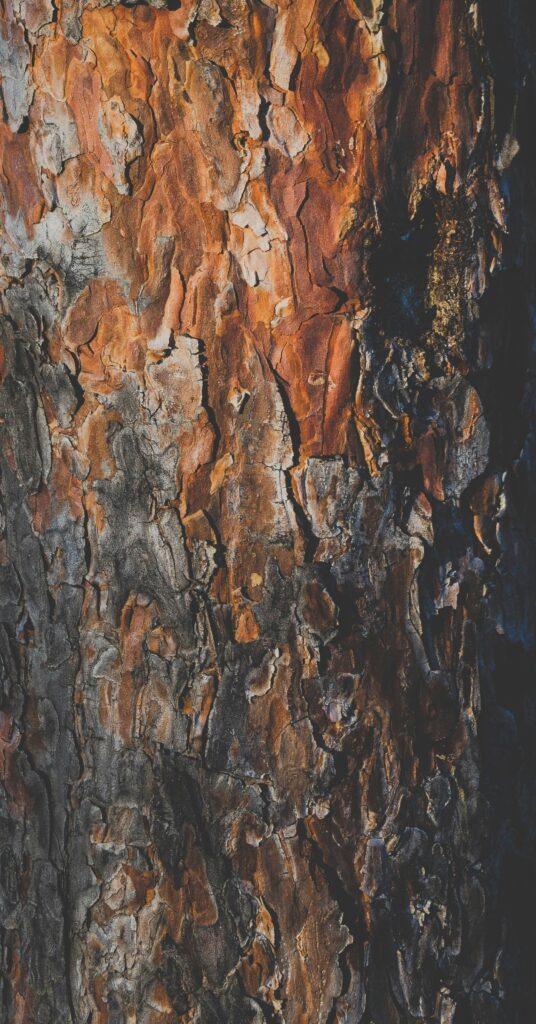
Five
Now move away from observation
and try to perceive the tree afresh.
Step outside of your ideas or expectations
about what this tree is or should be.
Allow it to enter into your imagination and surprise you.
Where does this tree take you?
Six
After spending a few minutes with the tree,
you may find that your mind
begins to form questions for the tree.
Some of them may seem silly and obvious;
others may not have words to go with them;
others will be unanswerable.
It doesn’t matter-go ahead and ask.
Listen for answers.
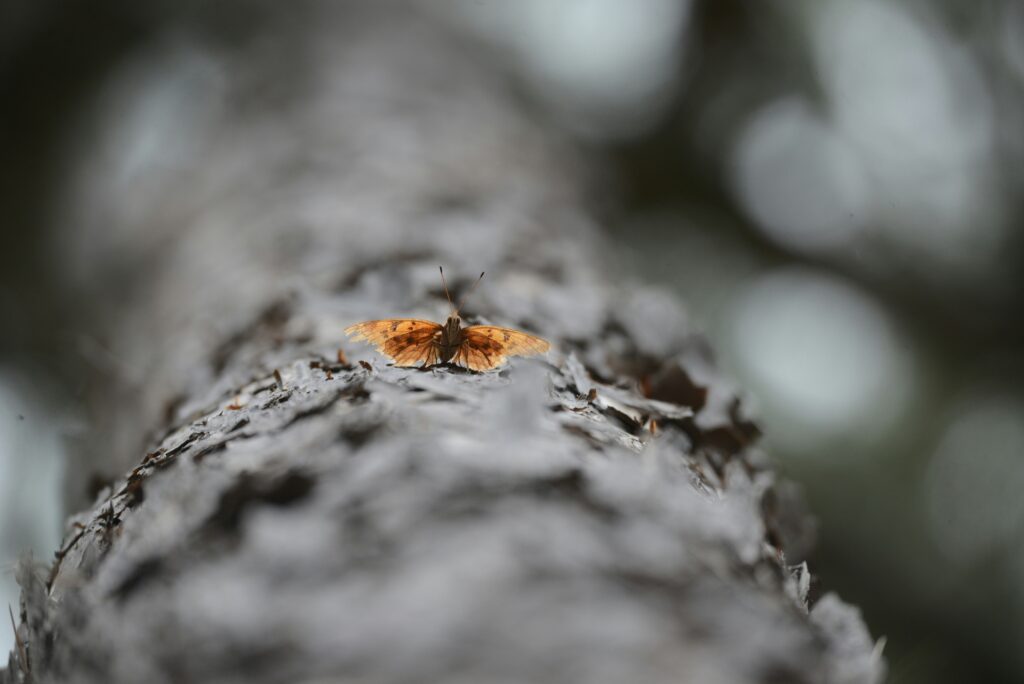
Seven
Consider the tree in the wider setting,
the ecosystem that it is a part of.
To what cycles and rhythms is the tree attuned?
What reciprocities with the biosphere –
give and receiving – does it engage in?
What relationships might the tree have
with the soils, waters, and creatures –
including humans, like yourself –
that compose the landscape around it?
Eight
Return your focus to your breath.
Breathe in and out in five-second intervals.
Consider the exchange that is occurring:
you are inhaling oxygen released by the tree,
and the tree is absorbing carbon dioxide exhaled by you.
Keep breathing in this cycle,
conscious of the rhythmic interchange of breath
that is keeping both you and the tree alive.
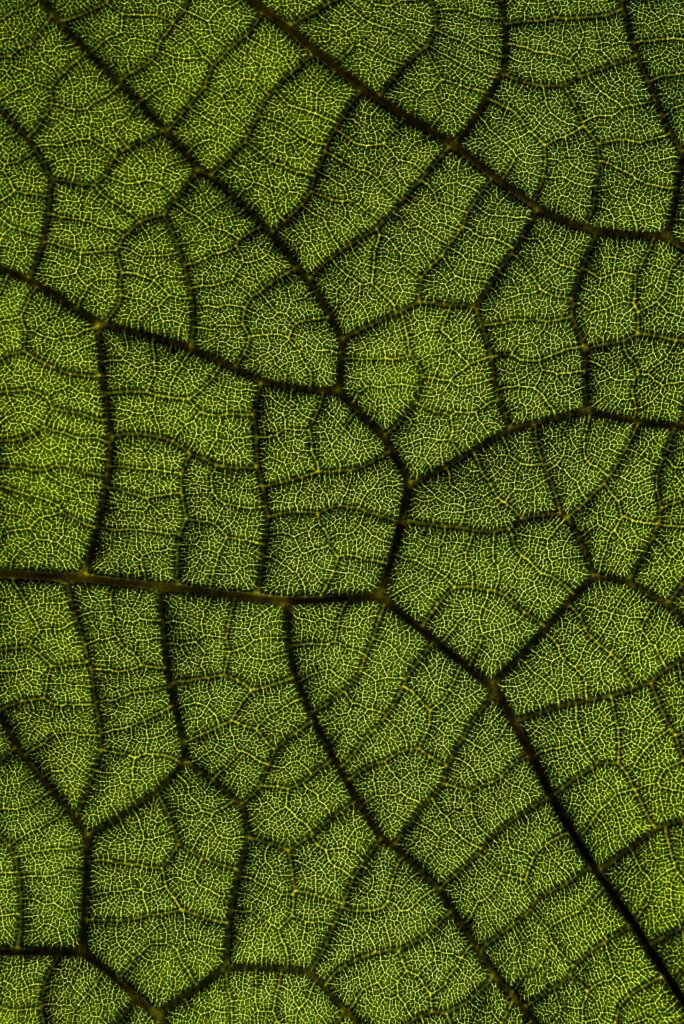
Nine
Visit the tree three or four times
over the course of a week or a month,
or whenever you can. You may already know
– or choose to find out – the species of the tree, the age,
the history, or you may not prefer to simply be with the tree.
Each time, spend a minimum of thirty minutes with the tree,
being present and connecting through the breath.
Notice what shifts in you – what you begin to see and feel
that you didn’t before – as you encounter this tree.
Ten
After returning again and again,
the tree will be more and more familiar to you,
and you may begin to feel the seeds of kinship forming.
What does it mean to care for and befriend a tree?
This is another question that need not have any definitive answers.
You may, however, want to reflect on your experience
and explore it through writing, photography,
drawing , or another medium you feel drawn to.
This is an Emergence Magazine practice. It is reprinted here with permission.

